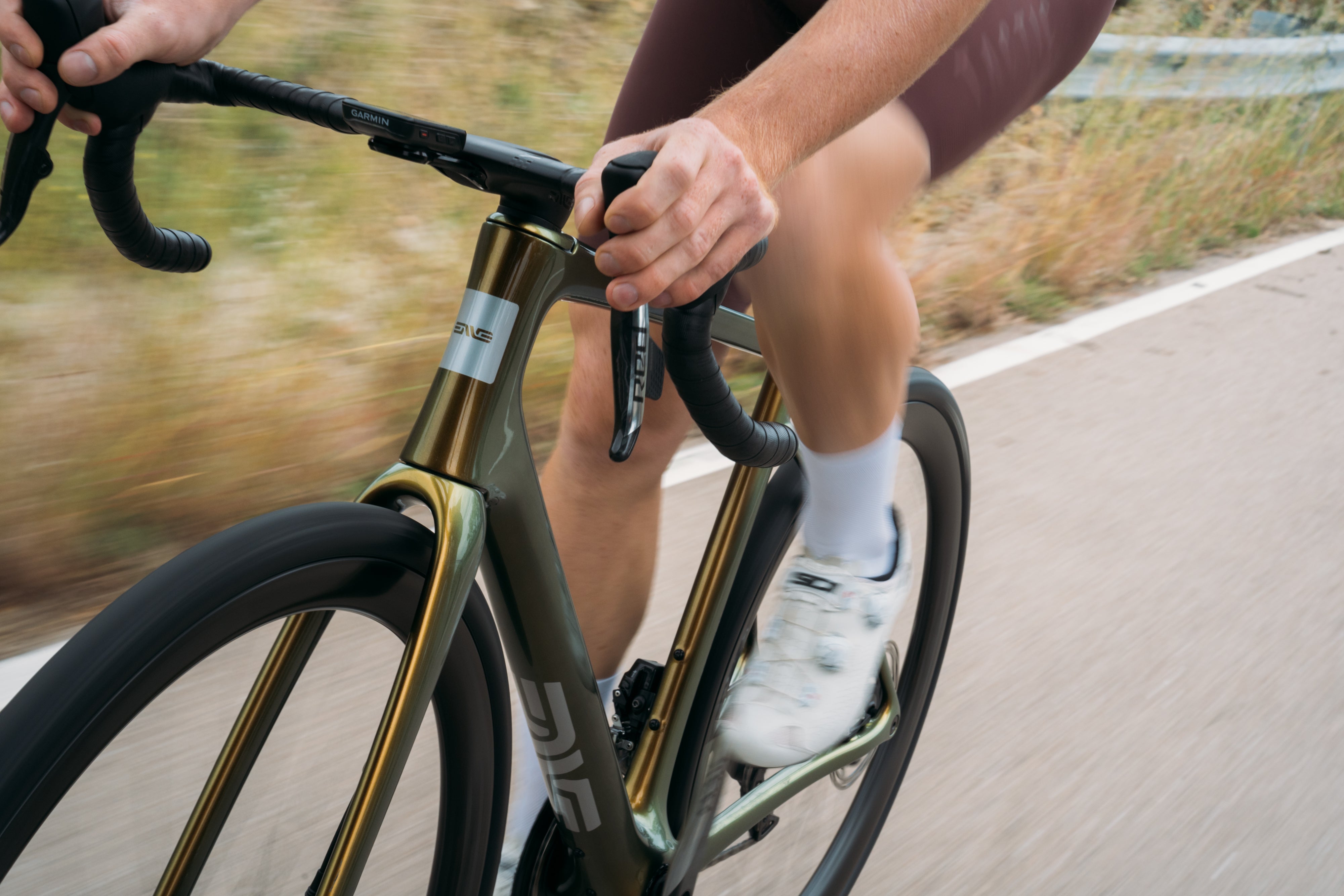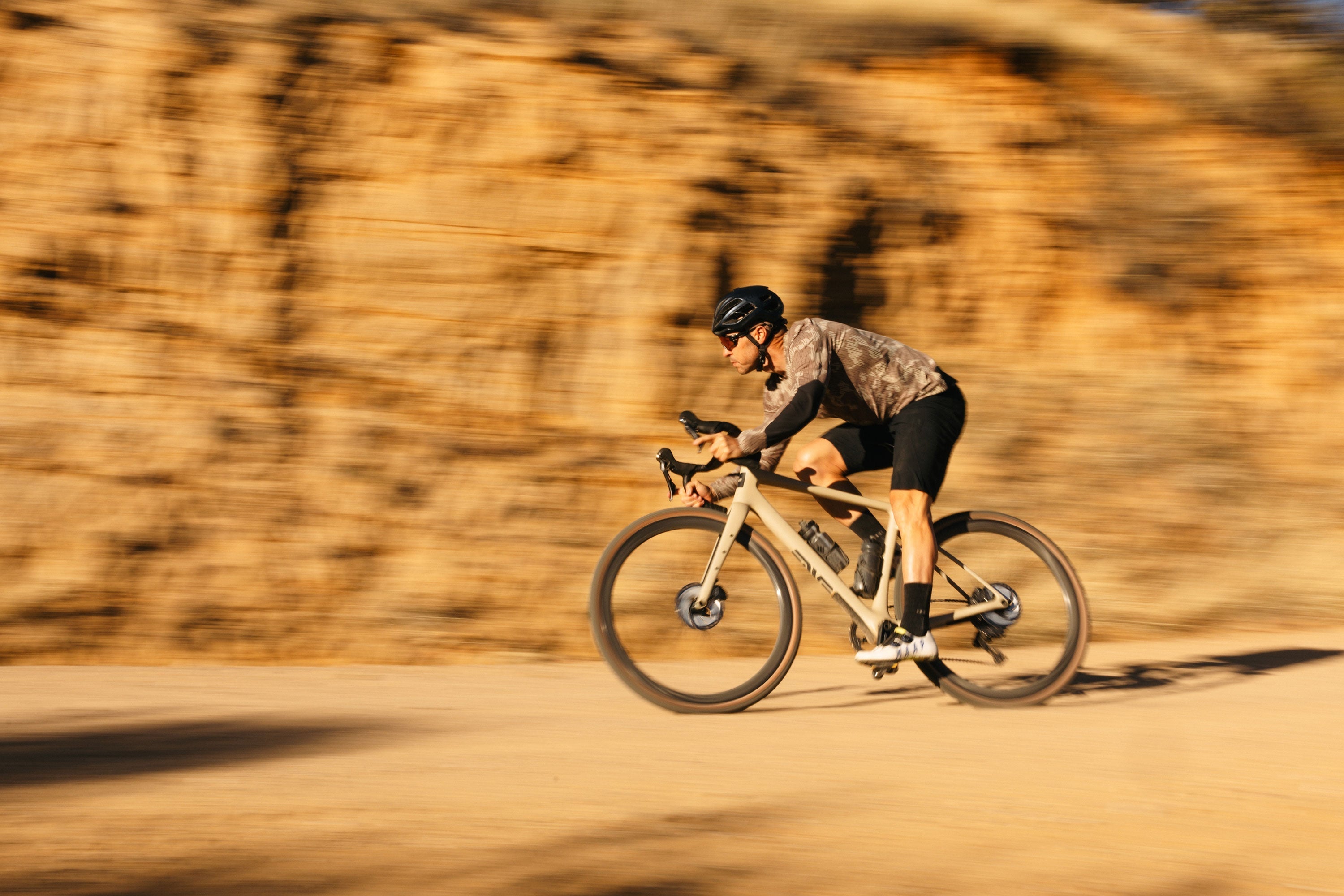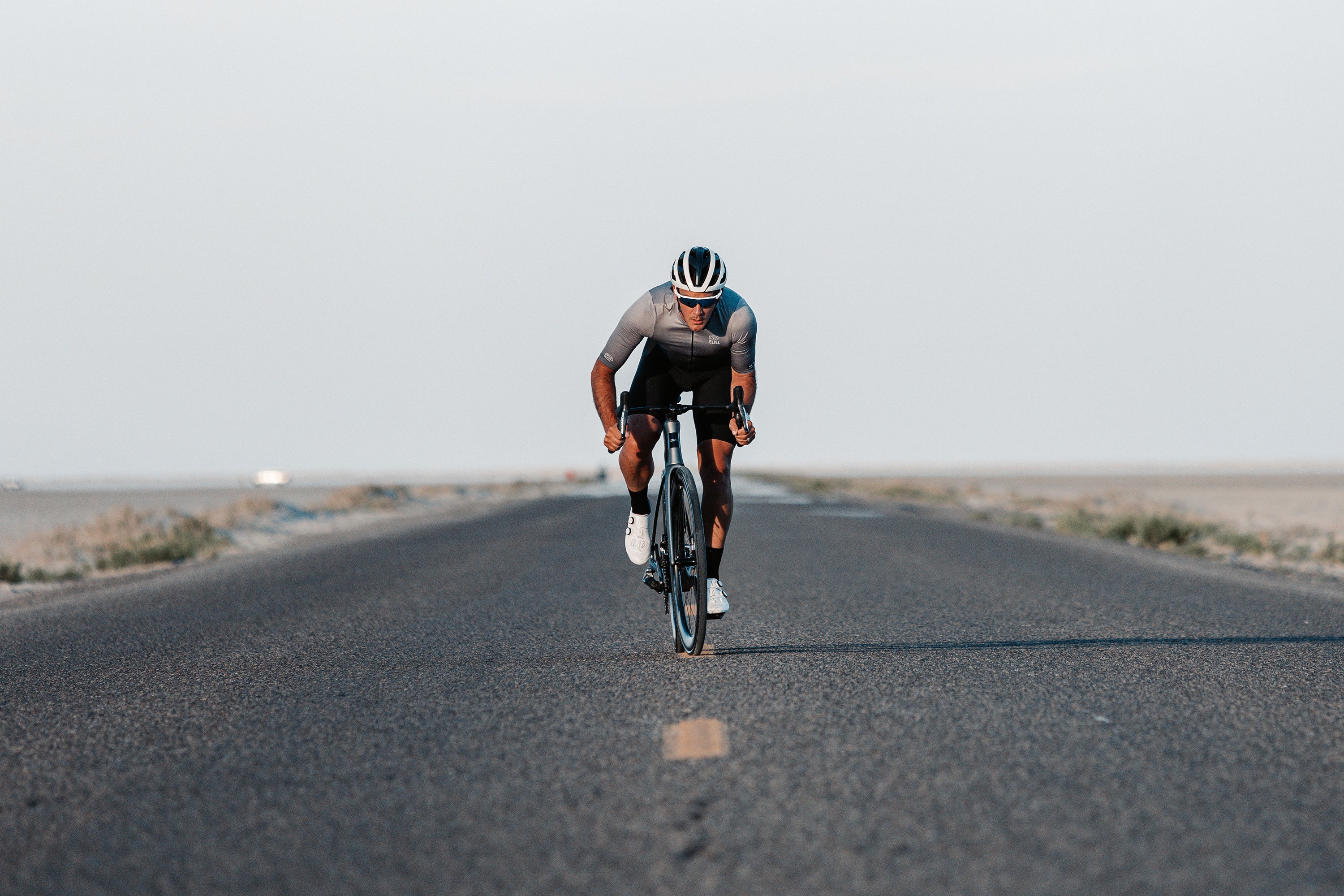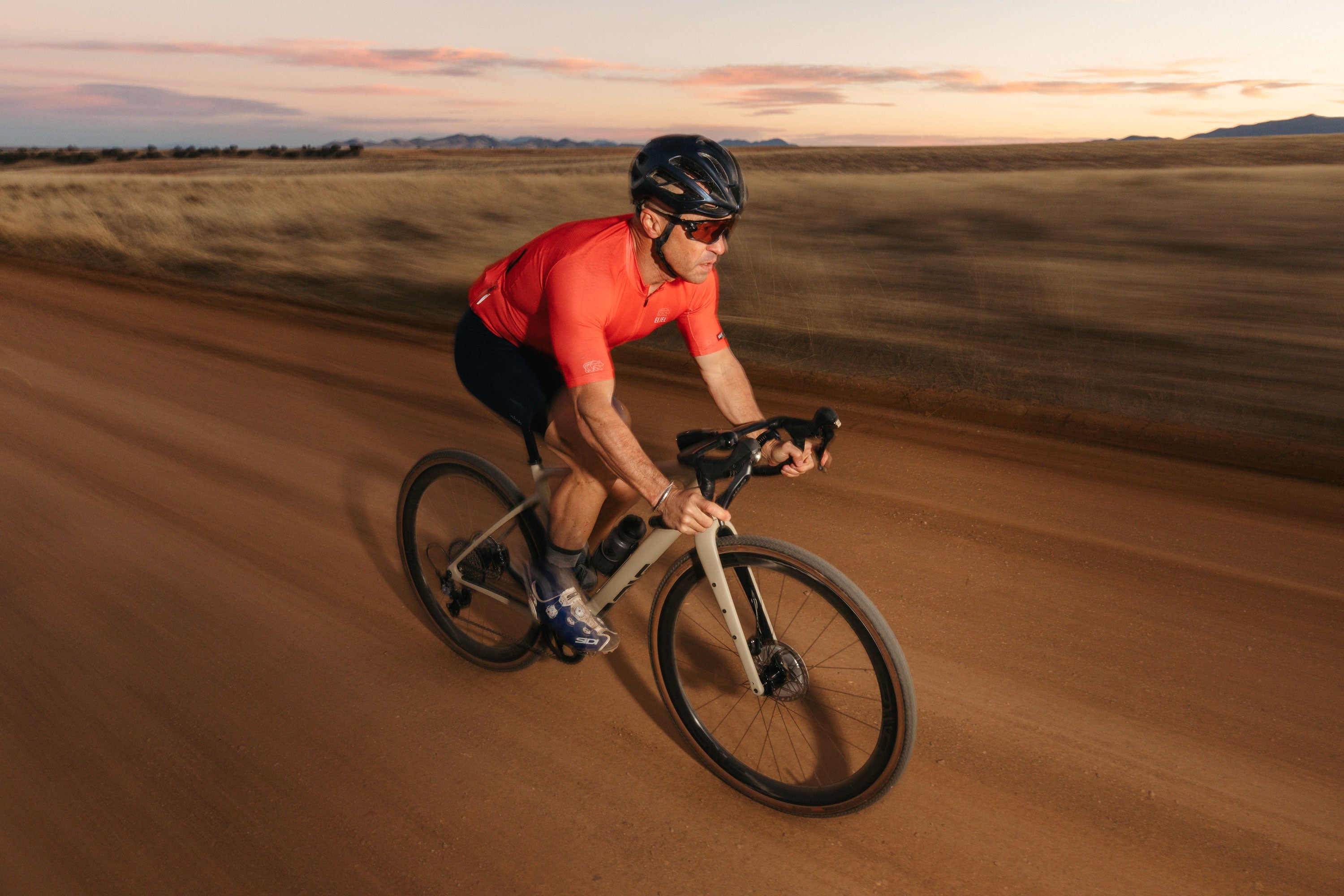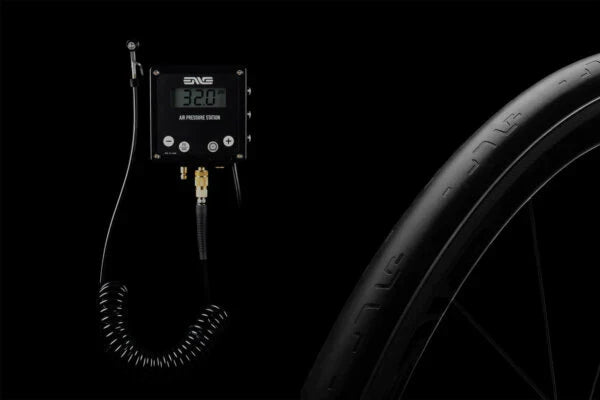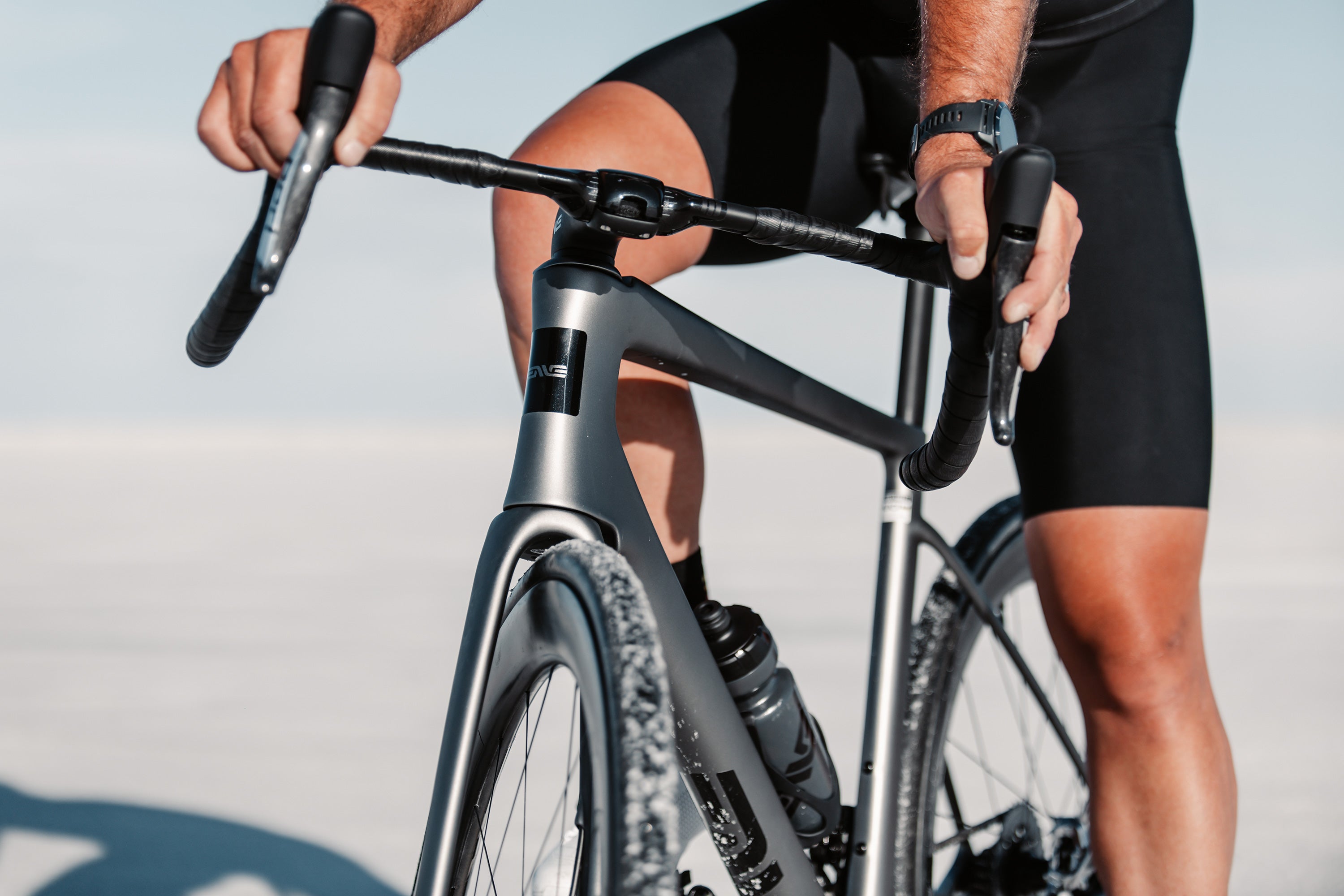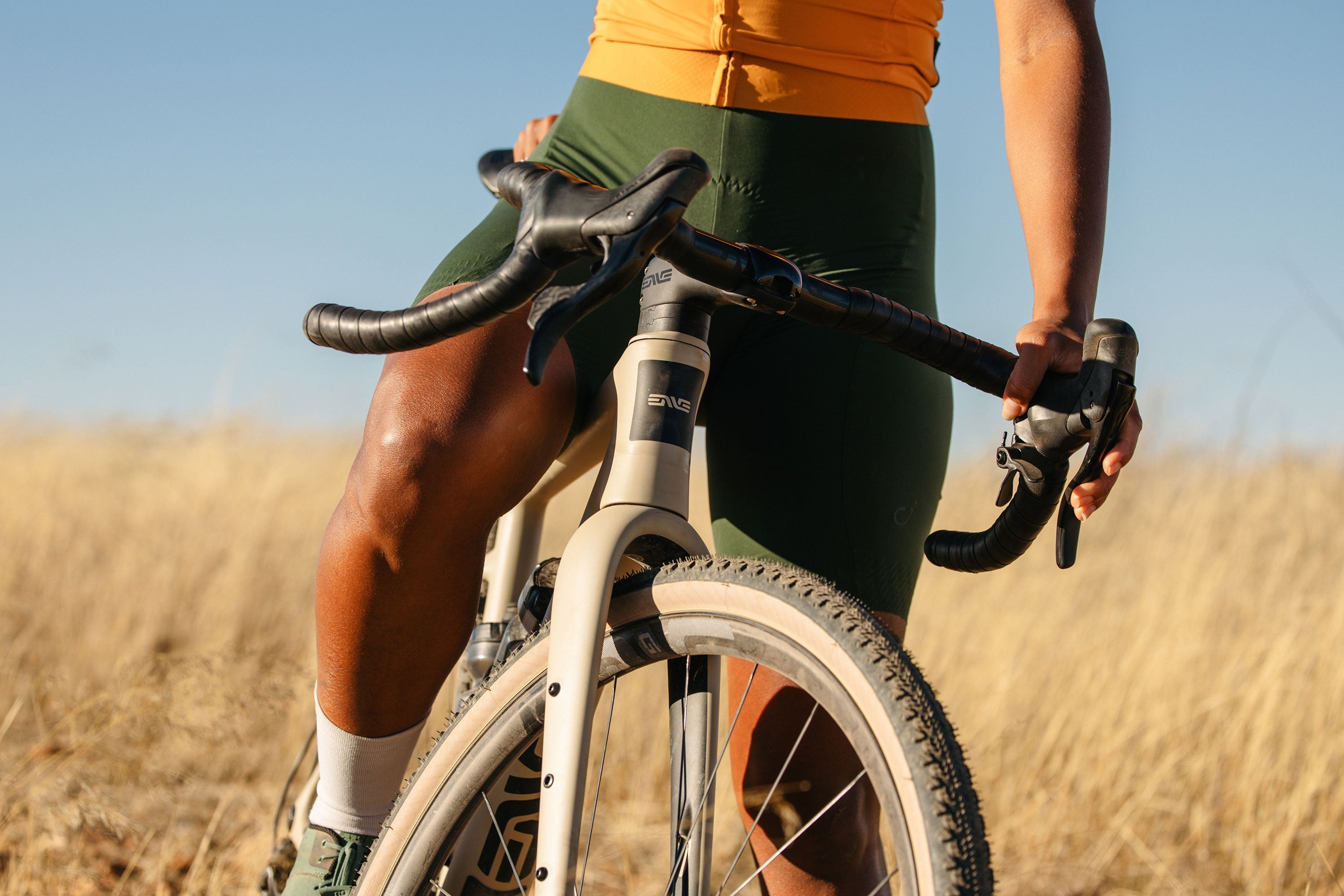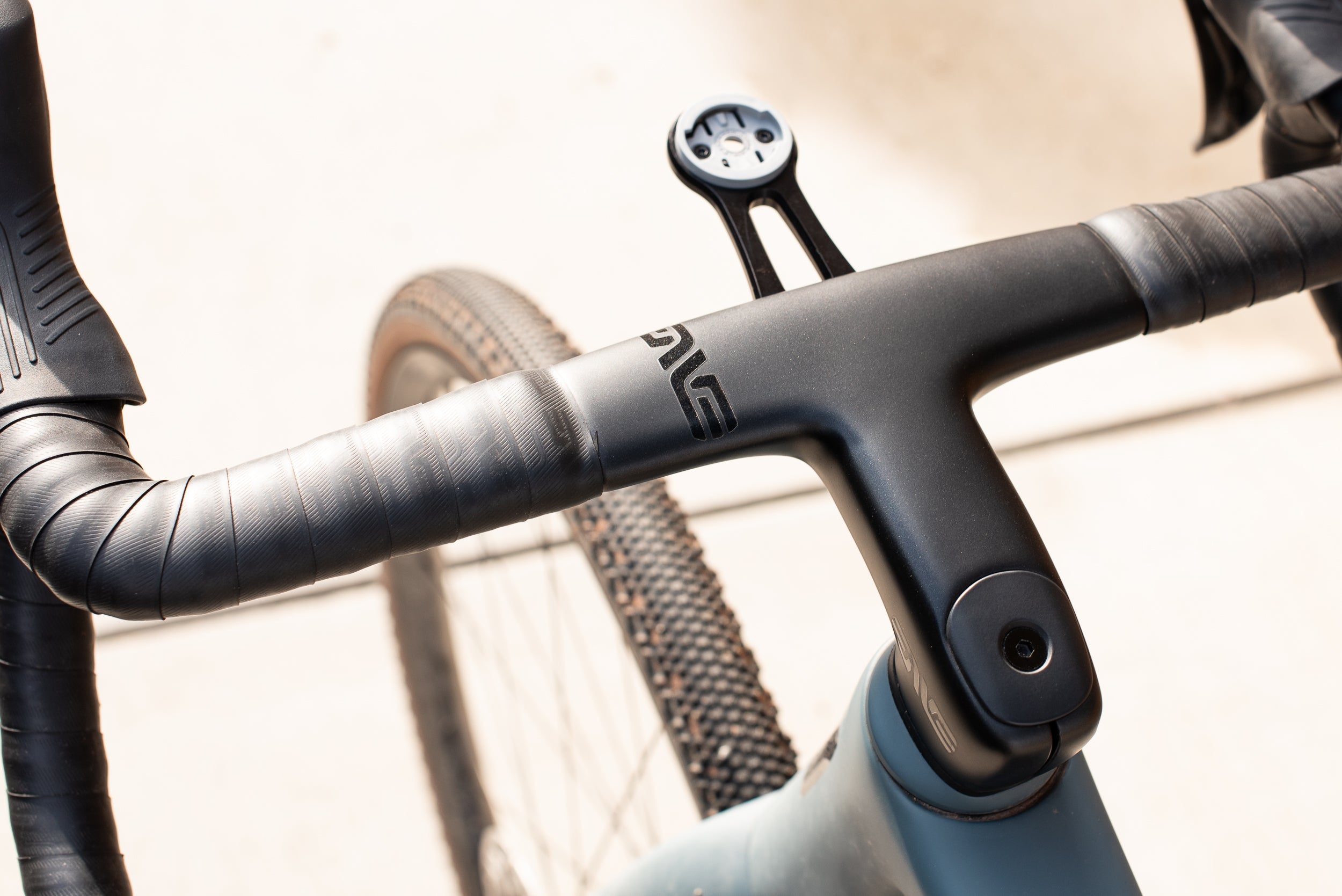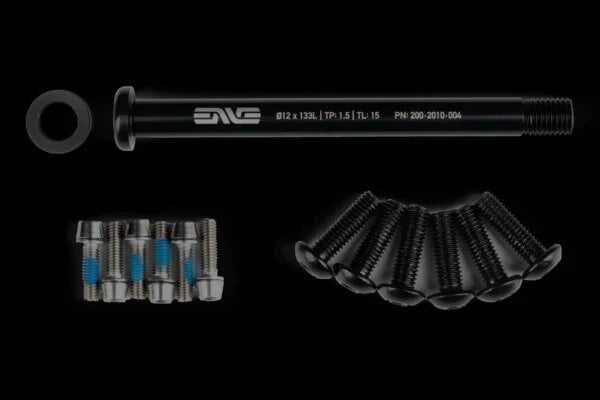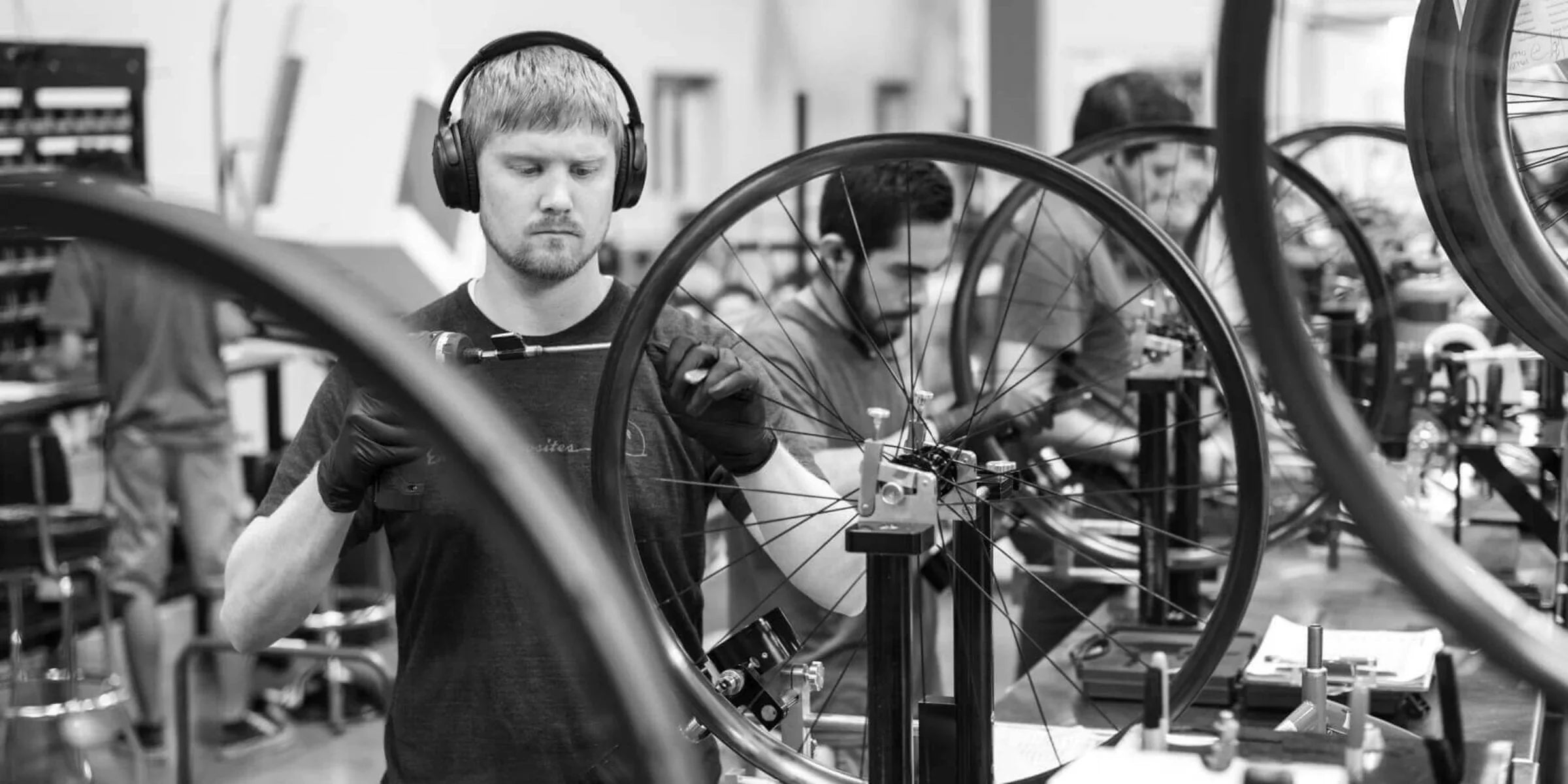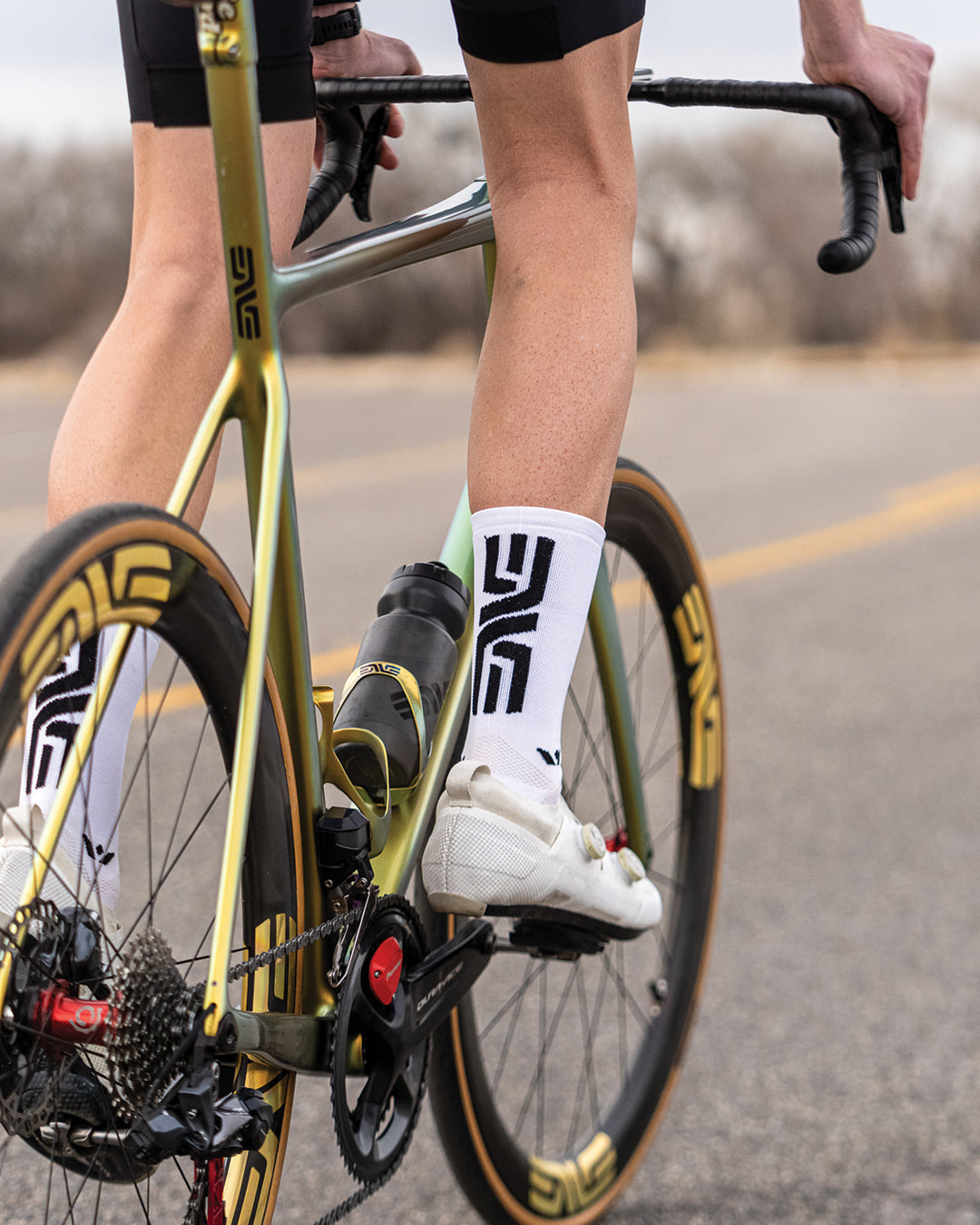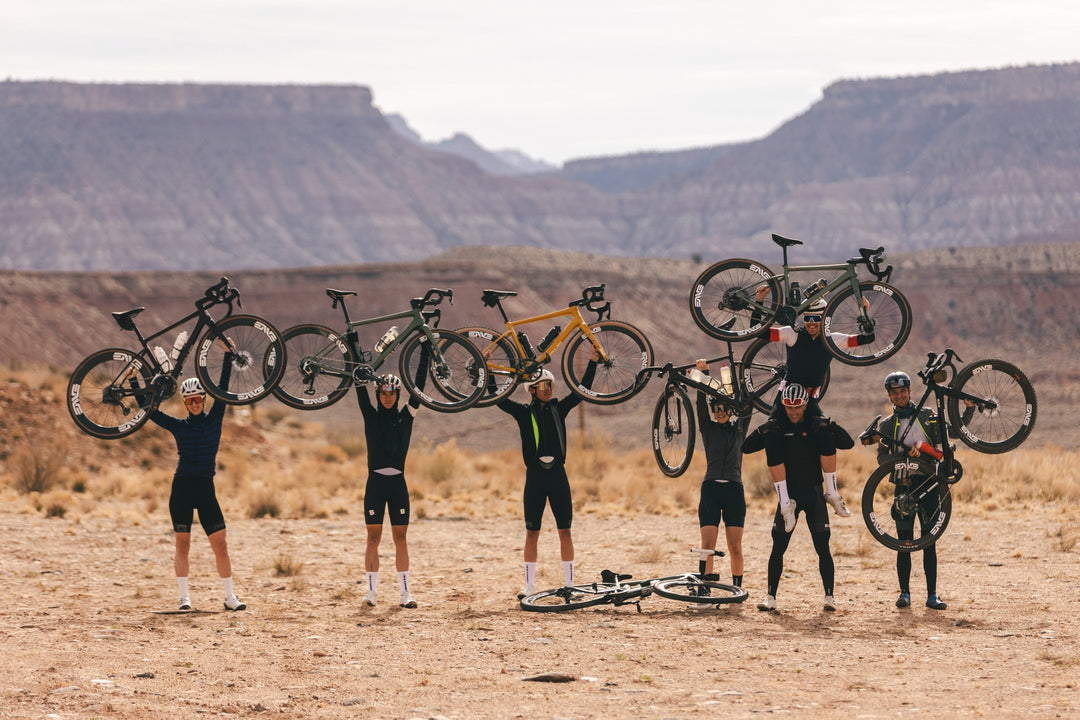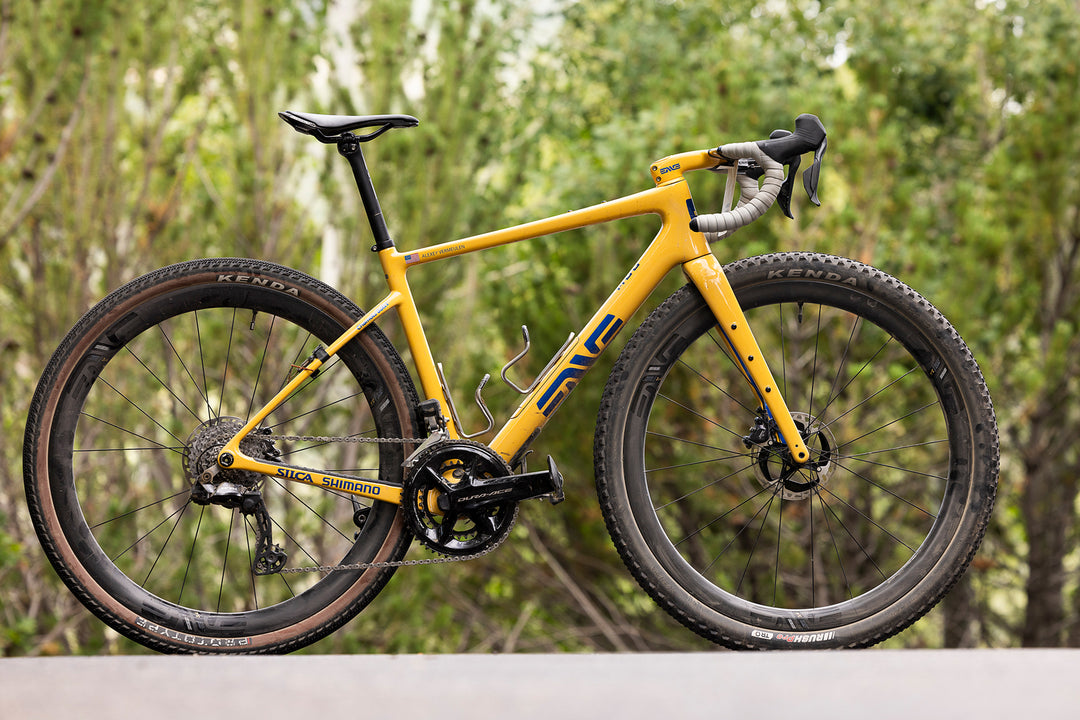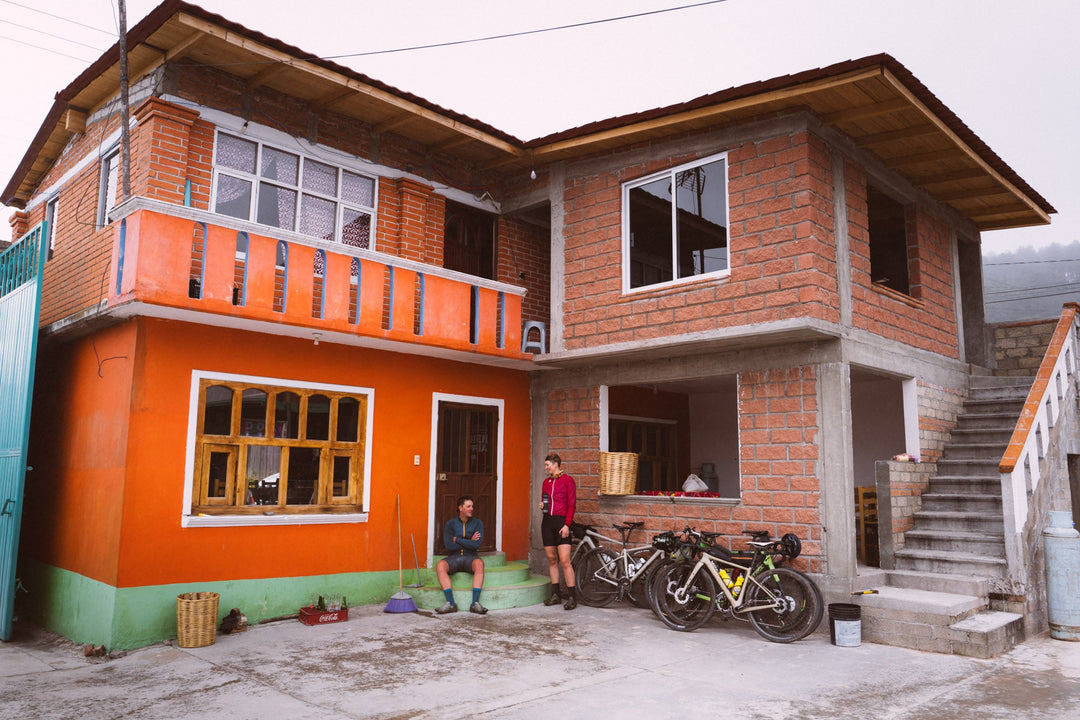RACE ANALYSIS: HOW TADEJ POGACAR CAN WIN THE TOUR DE FRANCE
Zach Nehr / Gruber Images
After 16 stages and more than 2,600 kilometers of racing at the Tour de France, today resulted in the biggest time difference between the top two overall contenders: Tadej Pogačar and Jonas Vingegaard. Both riders have been setting record climbing times all throughout the Tour, from the short punches in Bilbao to legendary climbs in the Alps. Coming into Stage 16, the two riders were separated by just 10 seconds, but during the climbing-heavy time trial, Jonas substantially widened his lead.
While today’s stage was a blow to Tadej’s overall chances, in this article, we’re going to take a look at what it could take for him to pull back the time and win this year’s Tour de France.


Only a few stages remain in the Tour, but pundits say that Wednesday’s Stage 17 could be the one that determines who wears the yellow jersey into Paris. At 166km and over 5,300m of elevation gain, it has been billed as the “queen stage” of the 2023 Tour de France.
From Saint-Gervais Mont-Blanc to Courchevel, Stage 17 includes two Category 1 climbs, one Category 2 climb, and the hors categorie Col de la Loze before a 6km descent to the finish. The profile is not too dissimilar from Stage 14 of this year’s Tour, which was 152km with over 4,200m of elevation gain.
The Tour de France could be won or lost on this climb, the Souvenir Henri Desgrange, which is the highest point in this year’s Tour de France.
That day, Jumbo-Visma paced nearly the entire stage in an attempt to exhaust the UAE Team Emirates and Pogačar. But the Slovenian surprised Jumbo-Visma and their team leader, Jonas Vingegaard, by attacking on the final climb, the Col de Joux Plane. Pogačar gapped the yellow jersey on the shoulders of Vingegaard, but the Dane fought back and made it to Pogačar’s wheel. The pair were on record pace on the Joux Plane before they slowed to an easy tempo while waiting for the other rider to attack.
It was once thought the Pogačar’s biggest weakness was high-mountain stages with lots of climbing and a long summit finish. But on Stage 14 of this year’s Tour, Pogačar flipped that script by dropping Vingegaard on a stage where Jumbo-Visma attempted to exploit that exact “weakness”.


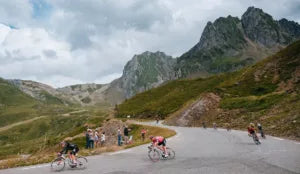
In terms of total elevation gain and overall profile, Stage 17 is eerily similar to Stage 14, where Pogačar was arguably stronger than Vingegaard. However, the biggest difference is that the Col de la Loze (28.3km at 5.9%) climbs up to 2,300m before descending to the finish in Courchevel at 2,000m. The Tour de France could be won or lost on this climb, the Souvenir Henri Desgrange, which is the highest point in this year’s Tour de France.
The Col de la Loze will take over an hour for the best climbers riders in the world: Pogačar and Vingegaard. This exact ascension has never been used in the Tour before, so it is impossible to predict the exact climbing times. But we do know that the last time the Tour de France climbed the Col de la Loze was Stage 17 of the 2020 Tour.
On the shorter side of the Col de la Loze in 2020 (22.2km at 7.6%), it took Pogačar one hour, four minutes, and 10 seconds to climb to the finish.

The 2023 edition of the Col de la Loze (28.3km at 5.9%) is deceiving because it includes a 6km flat section in the middle of the climb. Undoubtedly, the toughest part of the Col de la Loze is the final 5km which averages over 9%. Pogačar’s choice of ENVE’s SES 4.5 wheels is perfectly suited to this climb which includes multiple kilometers of sustained climbing, a fast middle section, and a very steep finish.

In order to win the Tour de France, we expect Pogačar to climb the Col de la Loze at an average of 23-24kph.
Estimated climbing time of the Col de la Loze (28.3km at 5.9%): 1:10:45 – 1:13:50
What will Tadej’s equipment choices look like for the stage? Would you go with aero wheels or climbing wheels? Why not have both? Tadej Pogačar rides SES 4.5 wheels during almost every Tour de France stage, including many of the hardest mountain stages. The SES 4.5 wheels are simultaneously aero and lightweight, equally strong in the crosswinds and on hors categorie climbs.
Records are made to be broken, and we expect nothing less in the final stages of this year’s Tour de France.
While the Col de la Loze seems to be everyone’s focus, we cannot forget about Stage 20 of this year’s Tour, which includes over 3,400m of elevation gain in just 133.5km. It features a constantly undulating route that includes three Category 2 climbs to start, followed by a Category 3 climb, and finishing with two Category 1 climbs in the final 35km.
The short stage and relatively short climbs are well-suited to Pogačar and his explosiveness. Whatever happens on the Col de la Loze could all be undone on Saturday. The only certainty in this year’s Tour is that Tadej will fight until the very last day.

There is no doubt that Tadej Pogačar is one of the best cyclists in the world, and on his day, he is unbeatable. Pogačar has been winning on ENVE SES wheels from March to July, including his victories at Paris-Nice, Ronde van Vlaanderen, Amstel Gold Race, and La Flèche Wallonne. His handlebar of choice has been the SES Aero Road Handlebar. A new, unreleased one-piece version of the SES Aero Road Handlebar was delivered to the team just ahead of the Tour de France that features a few geometry tweaks so that it is perfectly built for Pogačar, including extra wrist clearance.


